Cuba is famous for its classic cars that roam the streets as if they were part of a rolling museum. However, few know about the hidden gem that is housed in Havana’s Historic Center: the new headquarters of the Automobile Museum. Located on San Ignacio Street, between Amargura and Teniente Rey, just steps away from the iconic Plaza Vieja, this museum has become a must-see for both locals and tourists who want to immerse themselves in the island’s rich automotive history.
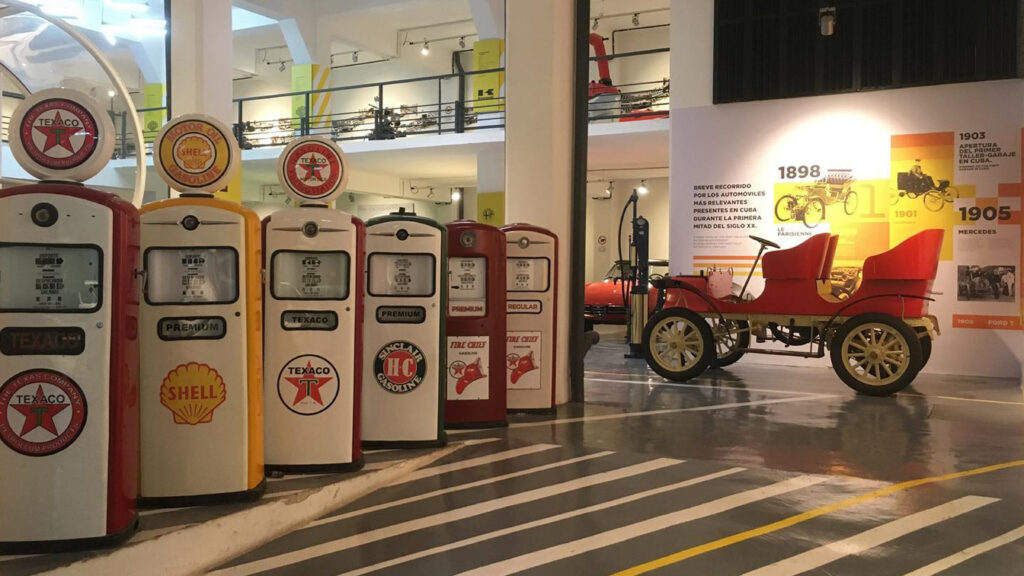
The Automobile Museum in Havana, known as “El Garaje”, offers a fascinating tour of the most iconic vehicles that have marked the history of Cuba during the first half of the 20th century. In its main hall, visitors can admire an exceptional collection of cars, each with a unique story. It has some that belonged to prominent cultural and political figures, and vehicles that were part of everyday life on the island.
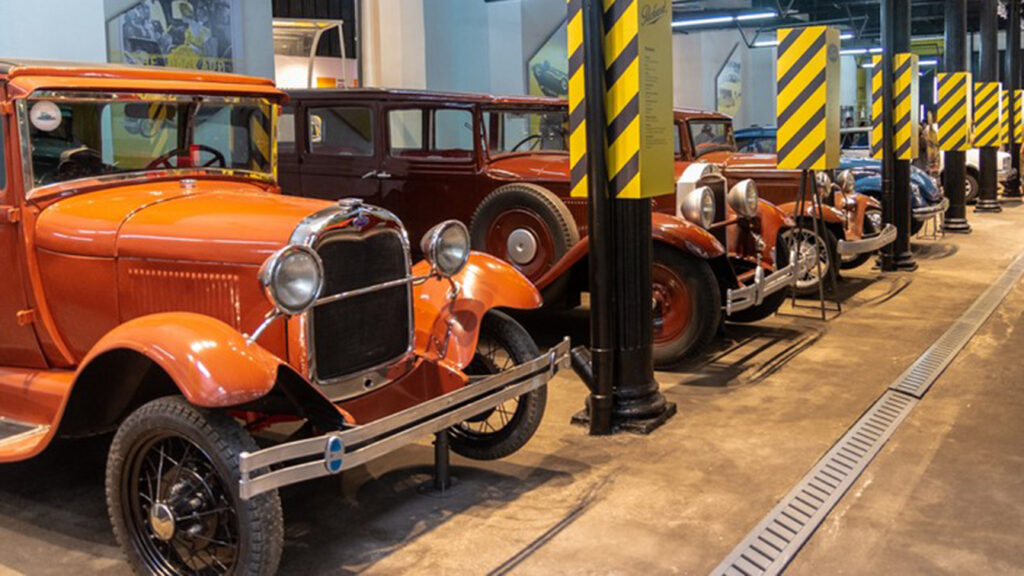
Among the museum's most prized jewels is La Parisiennethe first automobile introduced in Cuba in 1898 by José Muñoz. This vehicle, equipped with wick lanterns and fueled by gasoline, reached a maximum speed of 12 km/h with a power of two horsepower. A year later, in 1899, Ernesto Sarrá, a well-known businessman, brought a Rochet y SchneiderIt was manufactured in Lyon, reached 30 km/h and had a power of eight horsepower.
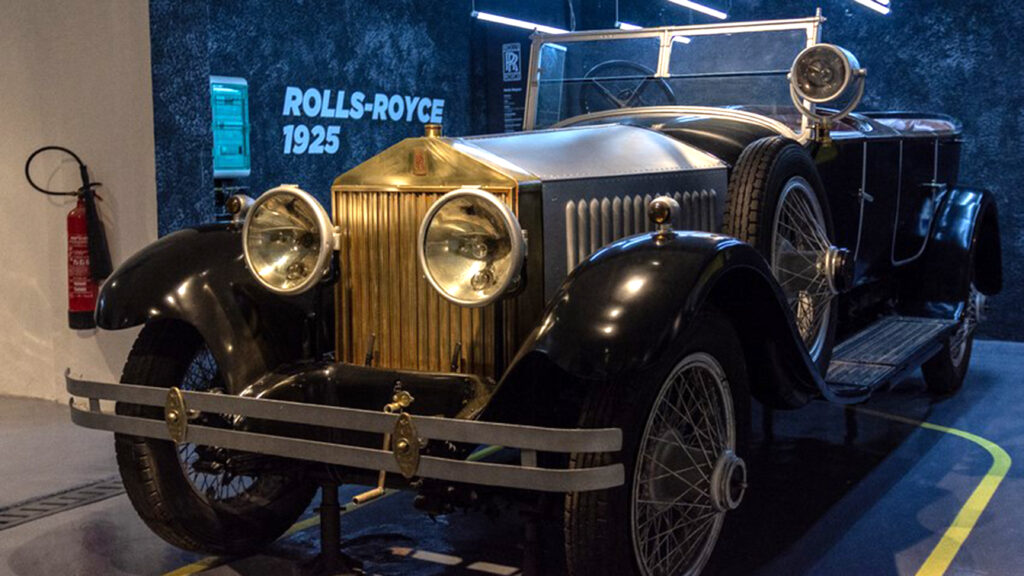
The exhibits at “El Garaje” not only include these historic vehicles, but also a rich visual narrative with photographs of the cars and informative posters. These reveal intriguing details such as the opening of the first garage workshop in Cuba, the origin of the term “fotingo,” the most representative brands of the time, and the model that introduced the first safe automatic transmission. Also highlighted is the history of the automobile of La Macorina, the first woman to drive a car in Cuba.
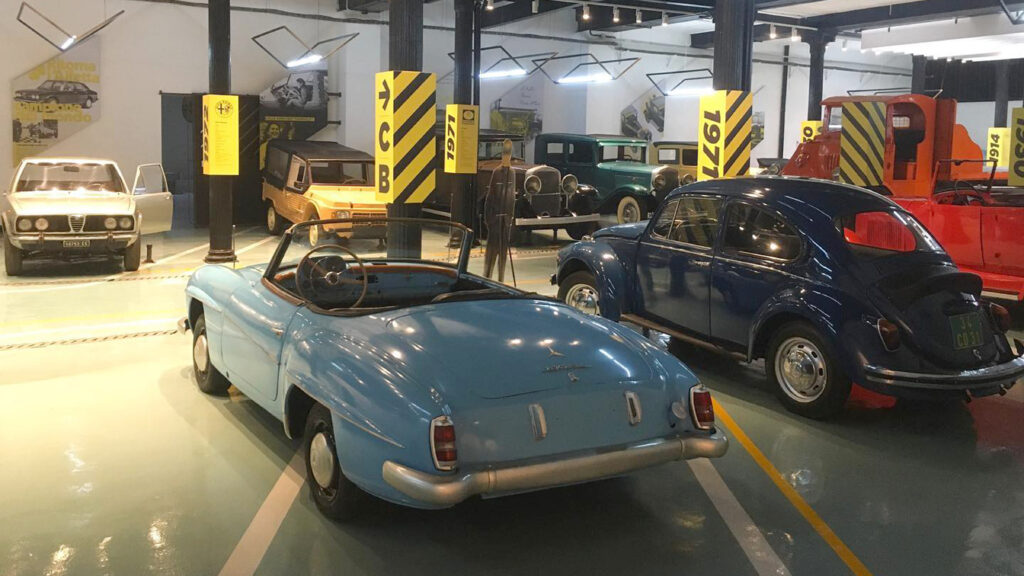
The museum's collection is a real treasure, it includes:
– the technological importance of pieces such as the 1930 Cadillac V16 or the 1918 Ford T,
– with the rarity of the 1930 Baby Lincoln,
– with the historical value of the 1930 FIAT for having belonged to a relevant figure such as Flor Loynaz, and the 1959 Oldsmobile used by Camilo Cienfuegos.
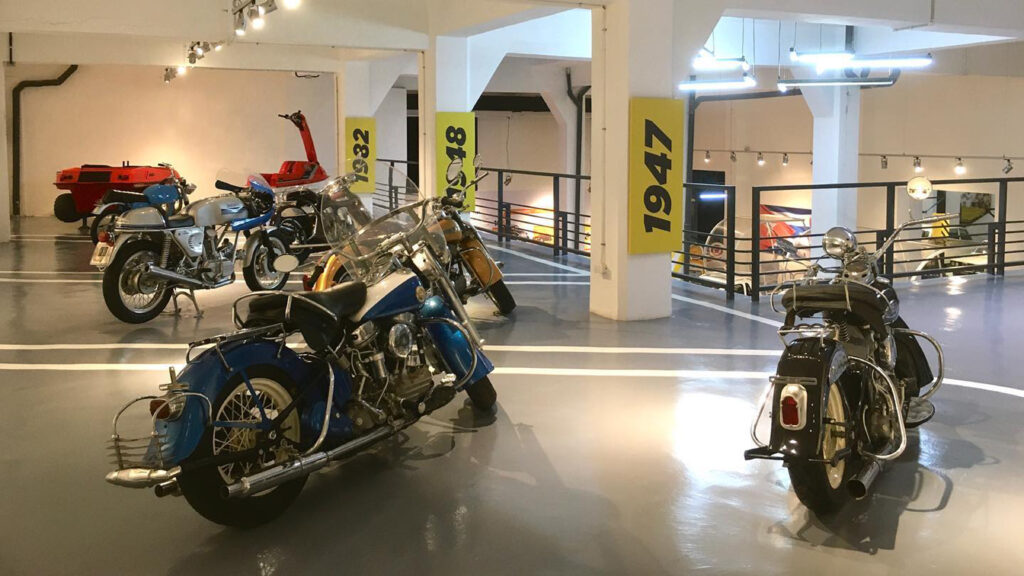
In 1958, Cuba was ranked as the sixth country in the world with the most vehicles per capita. It was during this golden age that the vehicle fleet that today constitutes the majority of the classic cars still seen on the streets of the island began to circulate.
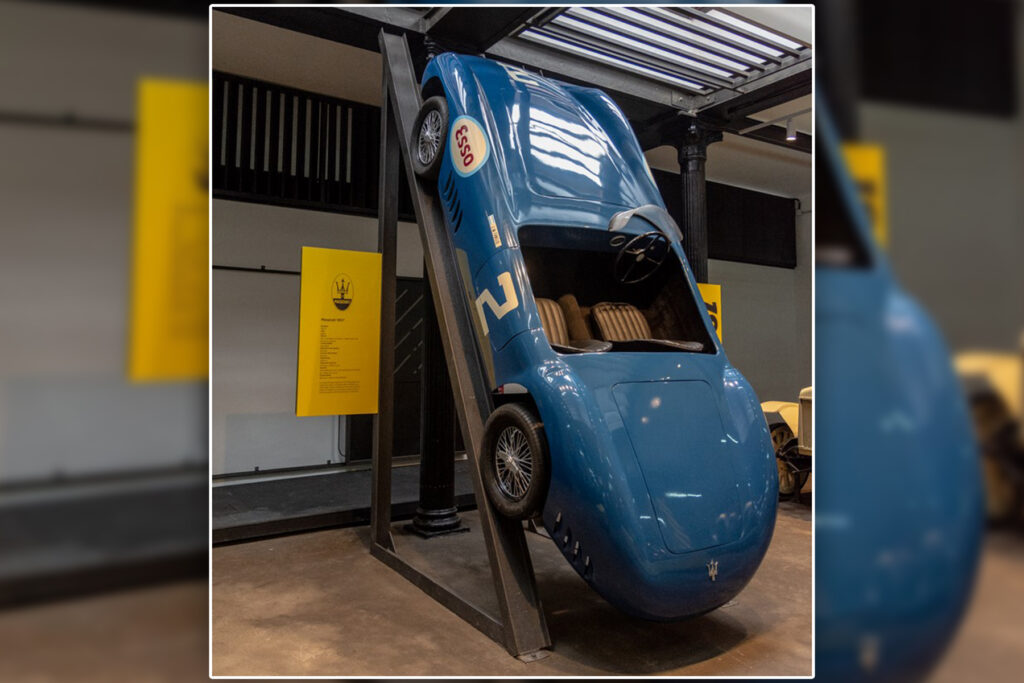
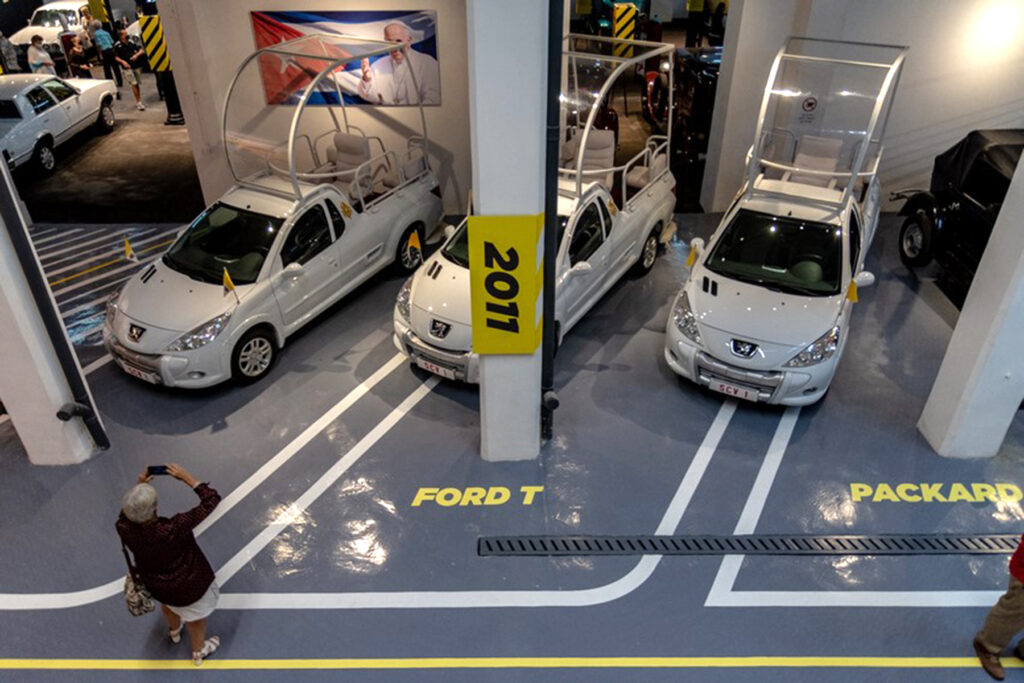
The museum saves the best for last in an adjoining room. Nine exceptional automobiles make up a display that ranges from a 1914 model to vehicles associated with Cuban historical figures. Highlights include a magnificent Alfa Romeo that used to be used by the Havana Carnival Queen, a Maserati similar to the one driven by the legendary Juan Manuel Fangio in the Havana Grand Prix in 1957, and the three Popemobiles used by Pope Francis during his visit to Cuba in 2014.
Cuba is world renowned for its vast legacy of classic cars, and “El Garaje” stands as a fundamental pillar in the preservation and celebration of this rich automotive heritage. It channels and makes visible the history that continues to roll through the streets of the country.
If you are interested in museums, here is a list of must-see places to visit in Havana:
And if you are a classic car enthusiast, for a complete experience you should stay in this themed boutique hotel in Havana. You can choose the room you want according to the car brand you like the most.
Find us in

